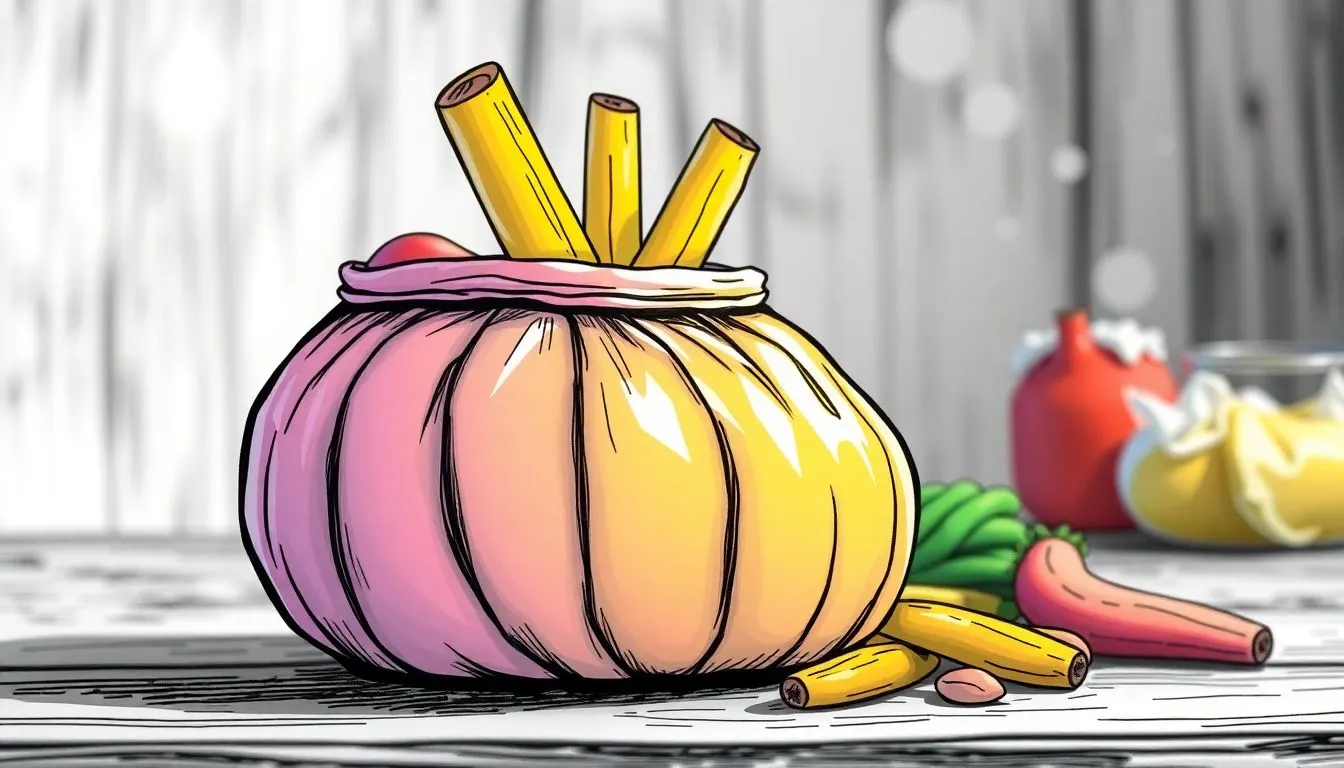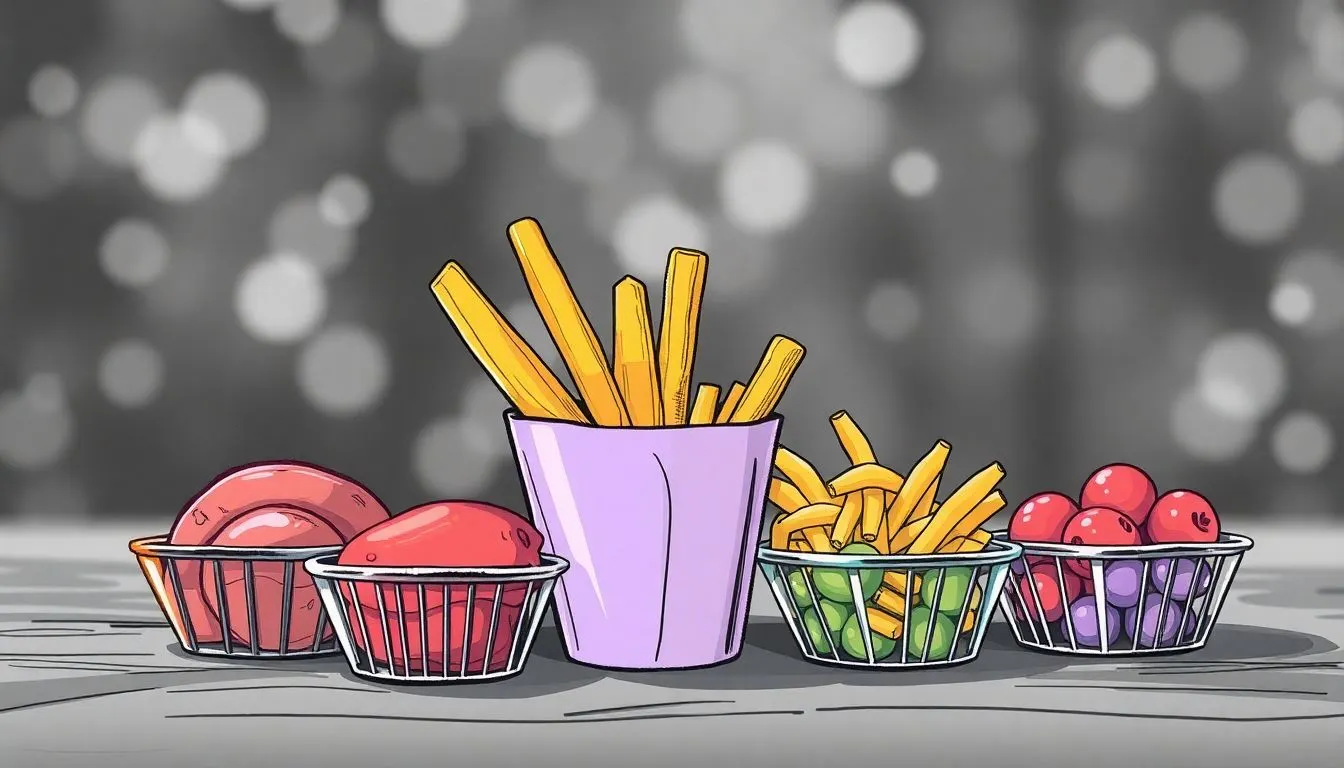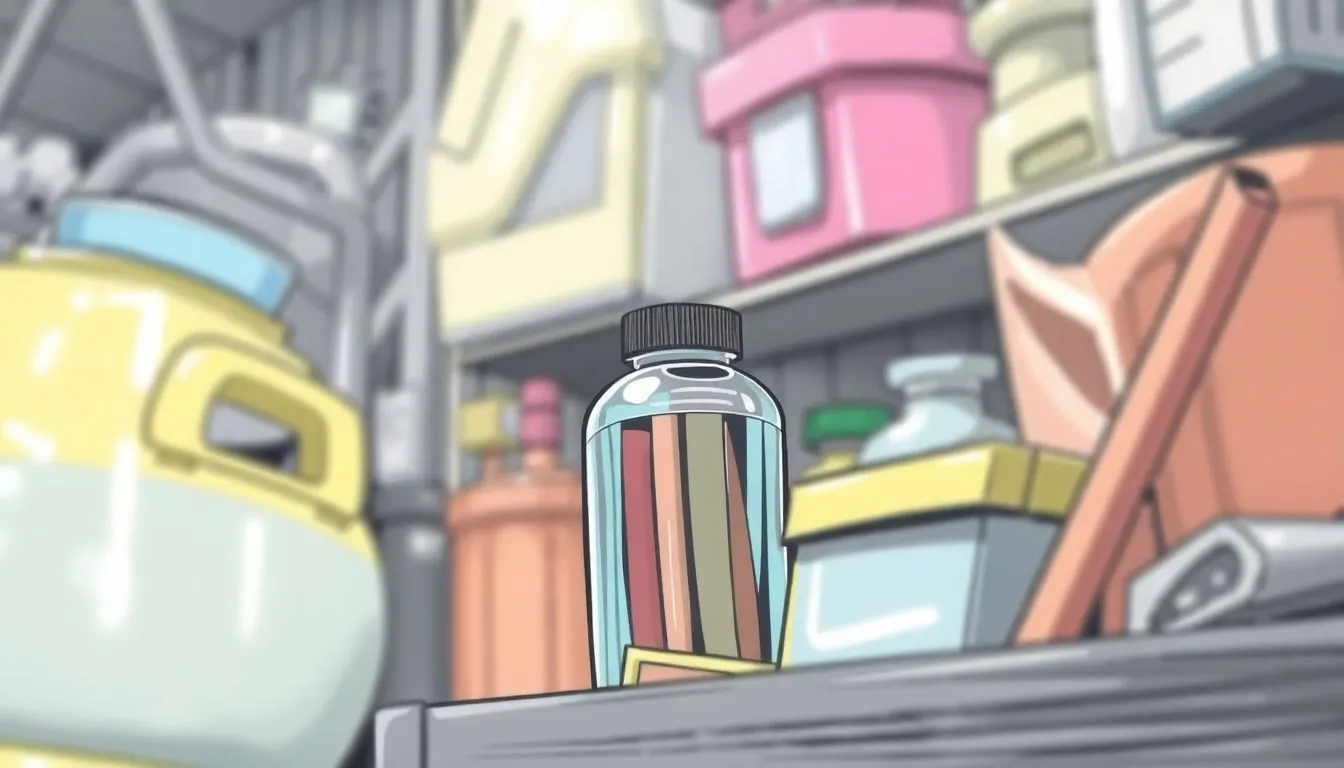How to Store Food for Long-Term Emergency Preparedness
For long-term emergency food storage, choose non-perishable, nutrient-rich items like canned goods, dried beans, rice, and freeze-dried meals. Store food in airtight, moisture-proof containers in a cool, dark, and dry place.
Rotate supplies regularly to maintain freshness. Include manual can openers and consider dietary needs. Proper storage ensures food safety and availability during emergencies.

Ultimate Guide: How to Store Food for Long-Term Emergency Preparedness




How to Store Food for Long-Term Emergency Preparedness
In an unpredictable world, being prepared for emergencies is essential. Natural disasters, power outages, pandemics, or other crises can disrupt food supply chains, making it necessary to have a reliable stockpile of food. Long-term food storage is a critical component of emergency preparedness, ensuring you and your family have access to nutritious sustenance when regular options are unavailable. Here’s a comprehensive guide on how to store food effectively for long-term emergency preparedness.
1. Choose the Right Foods for Long-Term Storage
Not all foods are suitable for long-term storage. When selecting items, focus on non-perishable, nutrient-dense foods that have a long shelf life. Some excellent options include:
Grains: Rice, wheat, oats, and quinoa can last for years if stored properly.
Legumes: Beans, lentils, and peas are high in protein and fiber.
Canned goods: Vegetables, fruits, meats, and soups are convenient and shelf-stable.
Dehydrated and freeze-dried foods: These retain most of their nutrients and can last 10-25 years. Powdered milk and eggs: Useful for cooking and baking.
Nuts and seeds: Provide fats and protein but should be stored carefully to prevent rancidity.
Honey and sugar: Natural preservatives with indefinite shelf lives if kept dry.
2. Store Food in Proper Containers
Proper packaging is essential to prevent spoilage, contamination, and pest infestation. Use airtight containers such as:
Mylar bags with oxygen absorbers: These remove oxygen, which slows down spoilage and insect activity.
Food-grade plastic buckets: When sealed tightly, they protect against moisture and pests. Glass jars: Ideal for smaller quantities and dry goods.
Vacuum-sealed bags: Remove air to extend shelf life. Avoid using non-food-grade containers or those that can leach chemicals into your food.
3. Control Storage Environment
The environment where you store your food significantly impacts its longevity. Key factors include:
Temperature: Keep food in a cool, stable environment, ideally between 50-70°F (10-21°C). Higher temperatures accelerate spoilage.
Humidity: Store food in a dry area with humidity below 60% to prevent mold and bacterial growth.
Light: Exposure to light can degrade vitamins and cause rancidity. Store food in dark or opaque containers to protect it.
Pest control: Ensure the storage area is clean and sealed to keep rodents and insects away.
4. Rotate Your Stock
Long-term food storage is not a “set and forget” project. Regularly rotate your supplies by using older items first and replacing them with fresh stock. This practice, known as FIFO (First In, First Out), helps maintain food quality and reduces waste. Label containers with purchase or packaging dates to track freshness.
5. Include a Variety of Nutrients
A well-rounded emergency food supply should cover all essential nutrients: carbohydrates, proteins, fats, vitamins, and minerals. Incorporate a variety of food types to avoid nutritional deficiencies and food fatigue. Supplement your stored food with vitamin and mineral powders if necessary.
6. Prepare for Water Needs
Food storage is only part of emergency preparedness; water is equally important. Many stored foods require water for cooking or rehydration. Ensure you have an adequate supply of clean drinking water or a reliable purification method on hand.
7. Practice Cooking Your Stored Foods
Familiarize yourself with how to prepare your stored foods. Practice cooking with dehydrated or freeze-dried items to understand water ratios and cooking times. This ensures you can efficiently use your supplies in an emergency.
Conclusion
Long-term food storage is a vital step toward emergency preparedness, providing peace of mind and security during uncertain times. By selecting appropriate foods, using proper containers, controlling storage conditions, rotating stock, and ensuring nutritional balance, you can build a sustainable food supply that will support you and your family through any crisis. Remember, preparedness is not just about stockpiling but also about maintaining and using your supplies wisely. Start today, and take control of your emergency readiness.
Copyright by PreparationCentral.com. All rights reserved.
This site is not a part of the Youtube website or Youtube Inc. Additionally, This site is NOT endorsed by Youtube in any way. YOUTUBE is a trademark of YOUTUBE, Inc.
